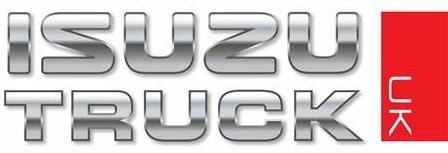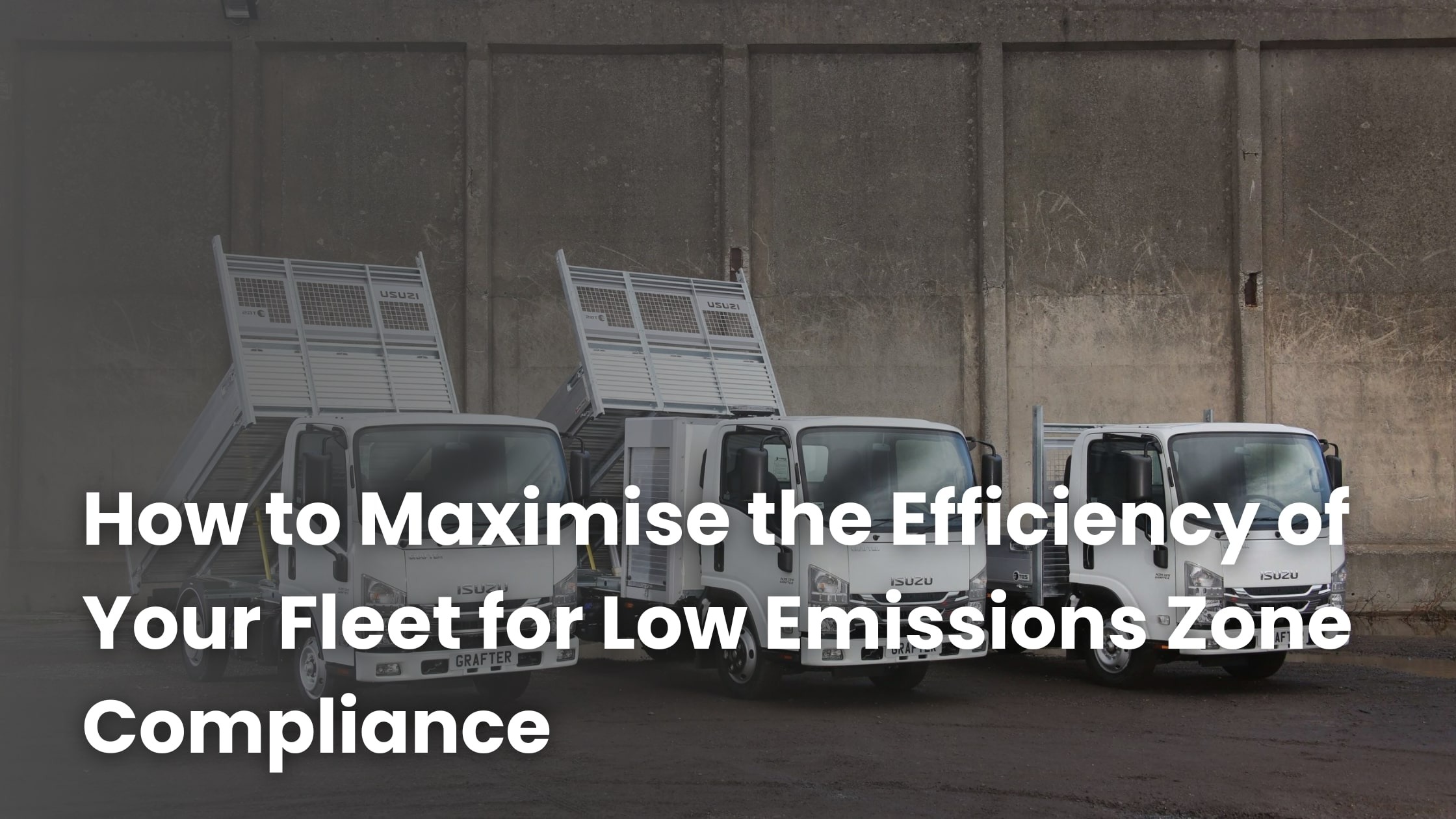How to Maximise the Efficiency of Your Fleet for Low Emissions Zone Compliance
Are you a business owner who wants to minimise their fleet's environmental impact while still complying with low emissions zone regulations? Maximising your fleet's efficiency can help you reduce fuel consumption, decrease emissions, and ultimately save money in the long run.
The Importance of Maximising Fleet Efficiency
Before we dive into specific strategies for maximising fleet efficiency, let's first discuss why it's important. With low emissions zones becoming more prevalent around the world, businesses that rely on fleets of vehicles must comply with stricter emissions standards. Not only is this important for the environment, but non-compliance can result in significant fines and even reputational damage for businesses. Furthermore, maximising fleet efficiency can help reduce fuel costs, which can be a significant expense for many businesses.
Conducting a Fleet Audit
The first step in maximising fleet efficiency is to conduct a fleet audit. This involves assessing the current state of your fleet to identify any areas for improvement. Start by gathering data on each vehicle, including fuel consumption, mileage, and maintenance history. This will help you identify any vehicles that are underperforming or in need of maintenance. Additionally, you can use this data to identify trends and patterns that can inform your efficiency strategies.
Improving Driver Behaviour
One of the most significant factors affecting fleet efficiency is driver behaviour. Encouraging your drivers to adopt eco-friendly driving habits can have a significant impact on fuel consumption and emissions. Here are some strategies for promoting eco-friendly driving:
1. Provide Driver Training
Offer driver training sessions that focus on eco-friendly driving techniques, such as avoiding harsh acceleration and braking and maintaining a consistent speed.
2. Implement Incentive Programs
Create incentive programs that reward drivers for efficient driving. For example, you could offer bonuses or prizes for drivers who achieve the highest fuel efficiency.
3. Use Telematics Technology
Telematics technology can provide real-time data on driver behaviour, allowing you to identify areas for improvement and provide targeted feedback to individual drivers.
Optimising Vehicle Maintenance
Proper vehicle maintenance is essential for maximising fleet efficiency. A well-maintained vehicle will consume less fuel and emit fewer emissions. Here are some strategies for optimising vehicle maintenance:
1. Schedule Regular Maintenance
Create a maintenance schedule for each vehicle and stick to it. Regular maintenance can help prevent breakdowns and identify issues before they become major problems.
2. Use Efficient Tires
Invest in high-quality, fuel-efficient tires that are properly inflated. Underinflated tires can decrease fuel efficiency and increase emissions.
3. Regularly Clean Air Filters
Dirty air filters can reduce engine efficiency and increase emissions. Make sure to replace air filters on a regular basis.
Implementing Alternative Fuel Technologies
Alternative fuel technologies, such as electric and hybrid vehicles, can significantly reduce emissions and improve fuel efficiency. While the upfront cost of these vehicles may be higher, the long-term savings on fuel and maintenance costs can make them a worthwhile investment. Additionally, many cities offer incentives and subsidies for businesses that adopt eco-friendly vehicles.
Utilising Route Planning and Optimisation
Route planning and optimisation can help reduce fuel consumption and emissions by minimising unnecessary travel and idling. Here are some strategies for effective route planning:
1. Use Route Planning Software
Invest in route planning software that can help you identify the most efficient routes for your vehicles.
2. Monitor Traffic Conditions
Monitor traffic conditions in real-time to identify potential delays or congestion and adjust routes accordingly.
3. Combine Trips
Combine multiple trips into a single route to minimise mileage and reduce fuel consumption. This can be particularly useful for businesses that make multiple deliveries or service calls in a day.
Utilising Data Analytics
Data analytics can be a powerful tool for maximising fleet efficiency. By collecting and analysing data on vehicle performance, fuel consumption, and driver behaviour, you can identify areas for improvement and implement targeted strategies to maximise efficiency. Here are some ways to utilise data analytics:
1. Monitor Fuel Consumption
Track fuel consumption for each vehicle to identify any underperforming vehicles or drivers who may be using more fuel than necessary.
2. Analyse Driving Behaviour
Use telematics technology to collect data on driving behaviour and identify areas for improvement.
3. Implement Predictive Maintenance
Use data analytics to predict when vehicles will need maintenance, allowing you to schedule maintenance proactively and avoid breakdowns.
Investing in Eco-Friendly Technologies
Investing in eco-friendly technologies can help businesses maximise fleet efficiency and reduce emissions. Here are some examples of eco-friendly technologies:
1. Electric Vehicles
Electric vehicles emit no emissions and can be significantly more fuel-efficient than traditional vehicles.
2. Hybrid Vehicles
Hybrid vehicles combine traditional engines with electric motors, allowing for improved fuel efficiency and reduced emissions.
3. Alternative Fuels
Alternative fuels, such as biodiesel or compressed natural gas, can be used in vehicles to reduce emissions and improve fuel efficiency.
How to Maximise the Efficiency of Your Fleet for Low Emissions Zone Compliance
Maximising the efficiency of your fleet is essential for low emissions zone compliance. Here are some strategies for maximising efficiency and reducing emissions:
- Conduct a fleet audit to identify areas for improvement.
- Encourage eco-friendly driving habits among your drivers.
- Consider upgrading your fleet to be Euro 6 compliant (Isuzu Truck).
- Schedule regular maintenance and use efficient tires and air filters.
- Consider investing in alternative fuel technologies.
- Utilise route planning and data analytics to maximise efficiency.
- Invest in eco-friendly technologies, such as electric or hybrid vehicles.




